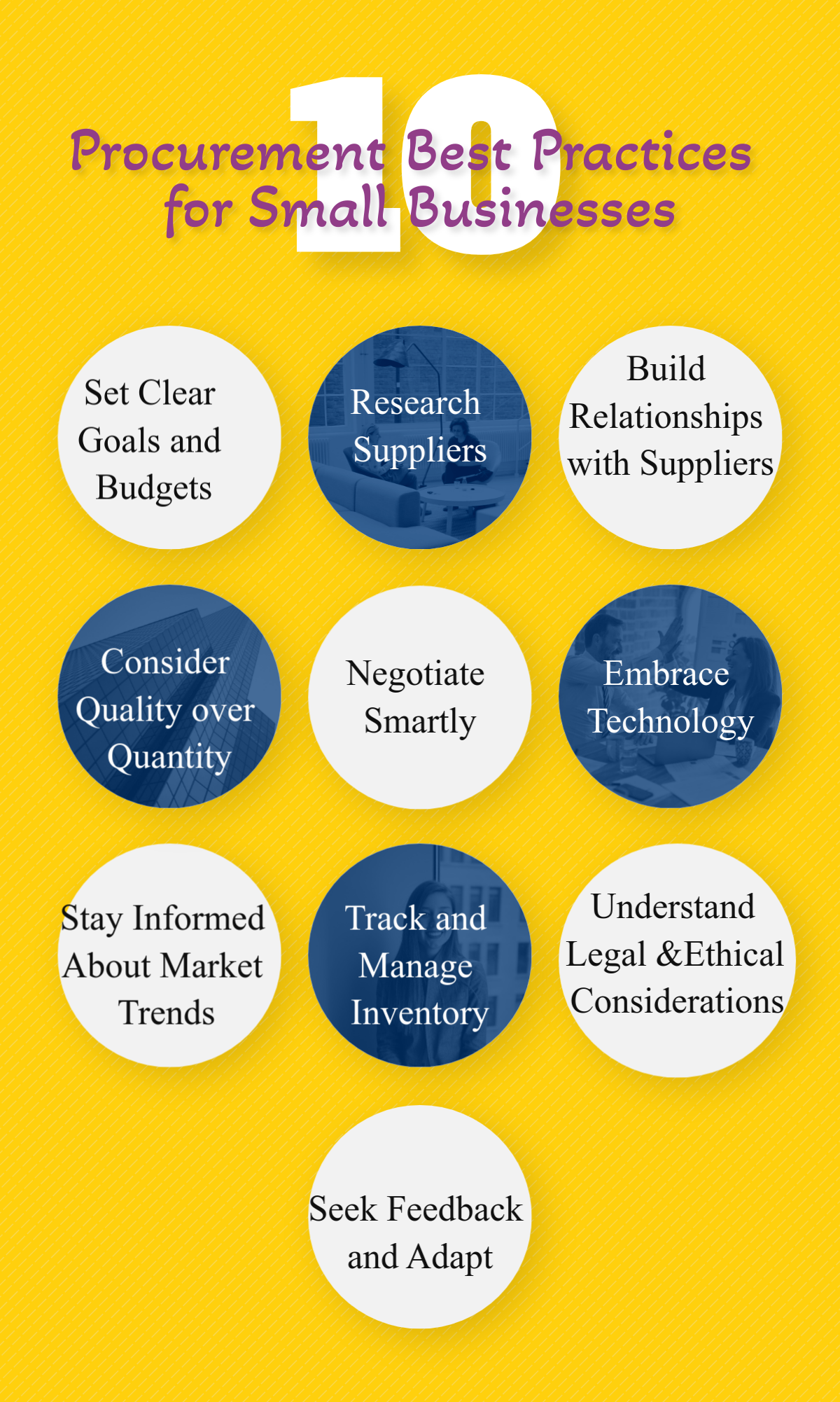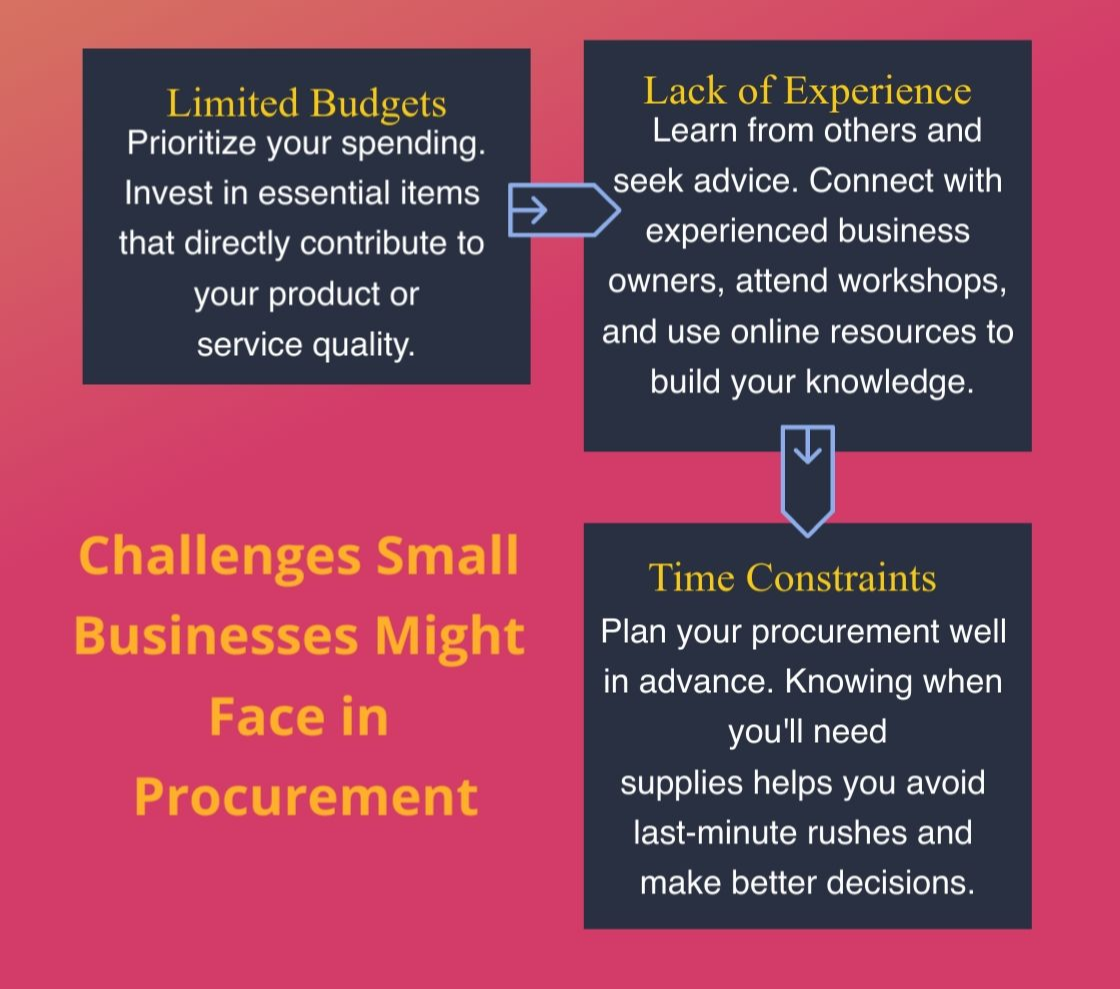Procurement Best Practices for Small Businesses
1.Set Clear Goals and Budgets:
Example: Imagine you're starting a small T-shirt printing business. Before buying any printing equipment, set clear goals like the number of T-shirts you want to produce monthly. Then, create a budget outlining how much you can afford to spend on equipment, materials, and other essentials.
2.Research Suppliers:
Example: If you need fabric for your T-shirts, research different suppliers. Compare prices, quality, and delivery times. Look for reviews from other small businesses to make sure you're choosing a reliable supplier.
3.Build Relationships with Suppliers:
Example: Once you find a good fabric supplier, build a relationship with them. Being friendly and communicative can lead to better deals and faster service. You might even get discounts for being a loyal customer.
4.Consider Quality over Quantity:
Example: It might be tempting to buy the cheapest materials, but remember, quality matters. If your T-shirts fall apart after a few washes, customers won't be happy. Invest in quality materials, even if they cost a bit more.
5.Negotiate Smartly:
Example: When buying your printing equipment, don't be afraid to negotiate. Ask if there are any discounts or if they can throw in some extra ink cartridges. Negotiating can save you money that you can use for other parts of your business.
6.Embrace Technology:
Example: Use online platforms to compare prices and find the best deals. You can also consider using digital payment methods to streamline transactions and avoid the hassle of handling cash.
7.Stay Informed About Market Trends:
Example: Keep an eye on trends in the T-shirt industry. If there's a sudden demand for eco-friendly fabrics, you can adjust your procurement strategy to meet this demand, staying ahead of the competition.
8.Track and Manage Inventory:
Example: Imagine you have a surge in T-shirt orders. If you're not keeping track of your inventory, you might run out of fabric and miss out on potential sales. Use simple tools like spreadsheets to manage your inventory efficiently.
9.Understand Legal and Ethical Considerations:
Example: It's essential to follow the laws and ethical standards in your industry. If you're selling T-shirts with popular characters, make sure you have the right to use those designs to avoid legal troubles.
10. Seek Feedback and Adapt:
Example: Ask your customers for feedback on your T-shirts. If many customers mention a certain color fading quickly, adapt by sourcing better-quality dyes. Listening to your customers helps you improve your products and procurement choices.





